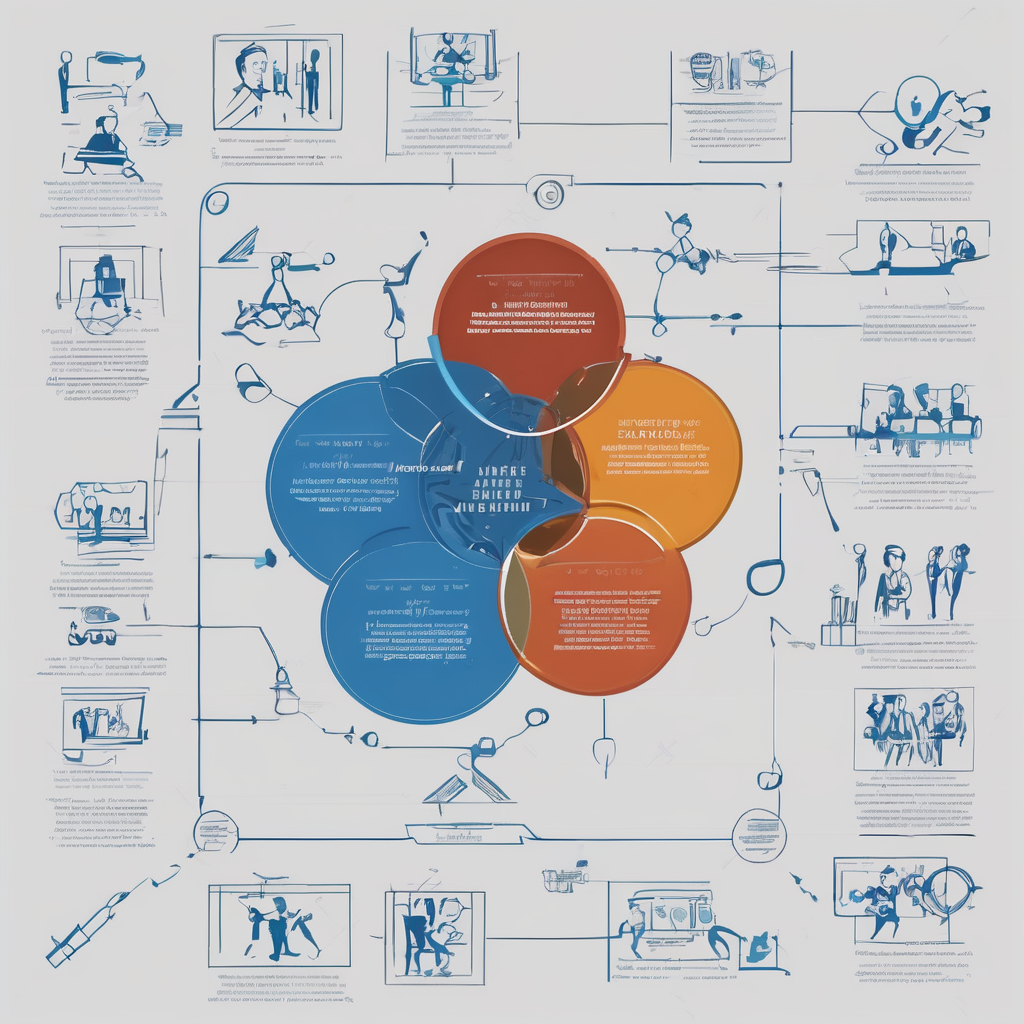Recruitment outsourcing transforms talent acquisition by combining advanced AI, deep market insights, and expert consultancy. It provides scalable, flexible solutions tailored to unique business needs, improving hiring speed, cost-efficiency, and access to specialized candidates. Choosing the right partner means aligning recruitment with long-term goals, turning hiring from a transactional task into a strategic advantage that drives organizational growth.
Essential facts about recruitment outsourcing, its models, and suitability for hiring needs
Recruitment Process Outsourcing (RPO) means transferring all or part of your recruitment process to an expert third party, who acts as an extension of your own HR team. This page explains it in detail: https://hiringnotes.com/. Unlike traditional staffing agencies, which handle transactional candidate placements, RPO providers design and manage end-to-end hiring strategies tailored to your organization’s business goals.
In parallel : Creative Approaches for UK Hotels to Boost Guest Loyalty and Satisfaction
There are several RPO models to suit different needs and scales:
- Full RPO: The external provider manages your entire recruitment life cycle, ideal for large organizations with ongoing or complex hiring needs.
- Project-based RPO: Suitable for short-term bursts of hiring (such as business expansions or product launches).
- Hybrid/Blended models: Combine your in-house teams with outsourced recruiters to maximize flexibility and responsiveness.
- On-demand RPO: Gives instant access to recruitment resources during hiring spikes, without long-term commitments.
Key benefits of RPO solutions include cost reduction, enhanced process efficiency, improved quality of talent pools, and greater scalability. Organizations of all sizes—startups, SMEs, or multinationals—can experience greater speed, transparency, and scalability by leveraging these models.
Also read : Enhancing Travel Experiences: Leveraging Virtual Reality for Immersive Previews in UK Travel Agencies
How recruitment outsourcing works: types, process, technology, and provider landscape
Engagement models: enterprise RPO, project/on-demand, staff augmentation
RPO engagement starts with choosing the right service model:
- Enterprise RPO manages the entire recruitment cycle across all levels and regions, acting as an internal recruitment partner and scaling as hiring needs fluctuate.
- Project or On-Demand RPO is ideal for organizations facing sudden spikes in hiring, like during new product launches or expansions—offering focused, short-term support that adapts to temporary needs.
- Staff augmentation injects skilled recruiters into existing teams, enabling flexibility and expertise without long-term headcount increases.
Typical recruitment outsourcing process
The journey begins with a job brief, providing clarity on ideal candidate profiles. RPO partners then source candidates from diverse channels, using structured assessments—behavioral interviews, skill tests—to curate shortlists. Clients retain final hiring decisions after co-interviewing candidates, maintaining quality control. Onboarding support often follows, creating a seamless transition for new hires.
Role of technology and analytics in RPO
Advanced AI-driven tools and applicant tracking systems streamline candidate sourcing, automate screening, and enhance recruiter productivity. Detailed KPI reporting empowers organizations to monitor speed, cost, and quality, ensuring ongoing process optimization.
Industry examples
IT and healthcare sectors rely on RPO to address skill shortages and compliance demands. Custom processes help quickly fill niche or high-volume roles, ensuring talent pipelines remain robust in fast-shifting environments.
Provider landscape
Global providers combine local expertise with scalable tech platforms, adapting to sector and regional requirements. Emerging solutions, like Hiring Notes, offer flexible pricing, multilingual support, and ethical recruiter networks, expanding options for organizations of all sizes.
Choosing and working with recruitment outsourcing providers: comparison, best practices, and pricing
Comparing and selecting an RPO partner
Precision: The best recruitment outsourcing provider is identified by evaluating expertise, technology, compliance, scalability, and global reach.
Assess each RPO’s industry track record—do they have proven experience in your sector or region? Examine their technology stack: platforms using automation, AI candidate matching, and analytics provide faster results and consistent screening. Ensure the provider offers robust compliance processes for data privacy, labor laws, and diversity, especially for international projects. Consider scalability—how rapidly can the provider scale or contract resources as your hiring volume fluctuates? Global reach means not just locations served, but strong local sourcing and cultural adaptability.
Common pricing models
RPOs typically propose several pricing structures:
- Management fee: a predictable fixed monthly or annual fee, best for large and steady hiring needs.
- Pay-for-performance: fees align with successful placements.
- Hybrid: combines fixed and performance-based fees.
Customization is common—clients may negotiate service scope, recruitment technology, or risk-sharing components based on hiring complexity and frequency.
Best practices for collaboration
Set clear expectations through negotiated service level agreements (SLAs) defining responsiveness, compliance, and diversity targets. Maintain transparent communication with regular reporting and check-ins. Ensure cultural fit with your organization to smooth cooperation and align values.
Example: How platforms like Hiring Notes ensure control
A platform such as Hiring Notes puts confidentiality and client control first—companies approve anonymized profiles and define budget upfront, while recruiters adhere to high ethical standards, supporting secure and compliant hiring.
Outcomes, Trends, and Real-World Success with Recruitment Outsourcing
Quantifiable business benefits: cost savings, time-to-hire reduction, quality and consistency improvements
Precision in recruitment outsourcing is measured by shared achievements between business goals and delivered talent. Most organizations adopting RPO models report reduced cost-per-hire, with savings often surpassing 5% over traditional recruitment agencies. Time-to-hire improvements are equally clear, with reductions over 4%, minimizing vacancy periods and boosting productivity. Enhanced quality is evidenced by structured assessments and consistent hiring standards, leading to 51% greater consistency and 43% higher quality hires.
Industry trends and future outlook: scalability, automation, and global expansion
Scalability and flexibility position RPO as a future-proof solution. Businesses can rapidly adjust recruiter resources in response to fluctuating hiring volumes, a benefit strengthened by the integration of advanced automation and AI-driven recruitment technology. Firms are increasingly leveraging global networks, blending local expertise with technological innovation to access broader talent pools and ensure compliance with diverse markets.
Case studies and success stories: RPO impact for startups, SMEs, and large enterprises
Real-world examples underscore RPO’s adaptability—startups aiming for fast market entry, SMEs focusing on lean cost structures, and large enterprises managing workforce expansion all realize measurable gains. Key outcomes have included faster onboarding, improved retention, and talent that aligns with evolving business strategies.
Strategies for ongoing improvement: monitoring KPIs, continuous adaptation, and future-oriented recruitment planning
Continuous improvement is driven by tracking recruitment KPIs, ensuring adaptive responses as employer needs change. Transparent reporting and data analytics enable organizations to refine recruitment processes, anticipate future needs, and embed best practices into every hiring cycle, building resilience and competitive edge.






